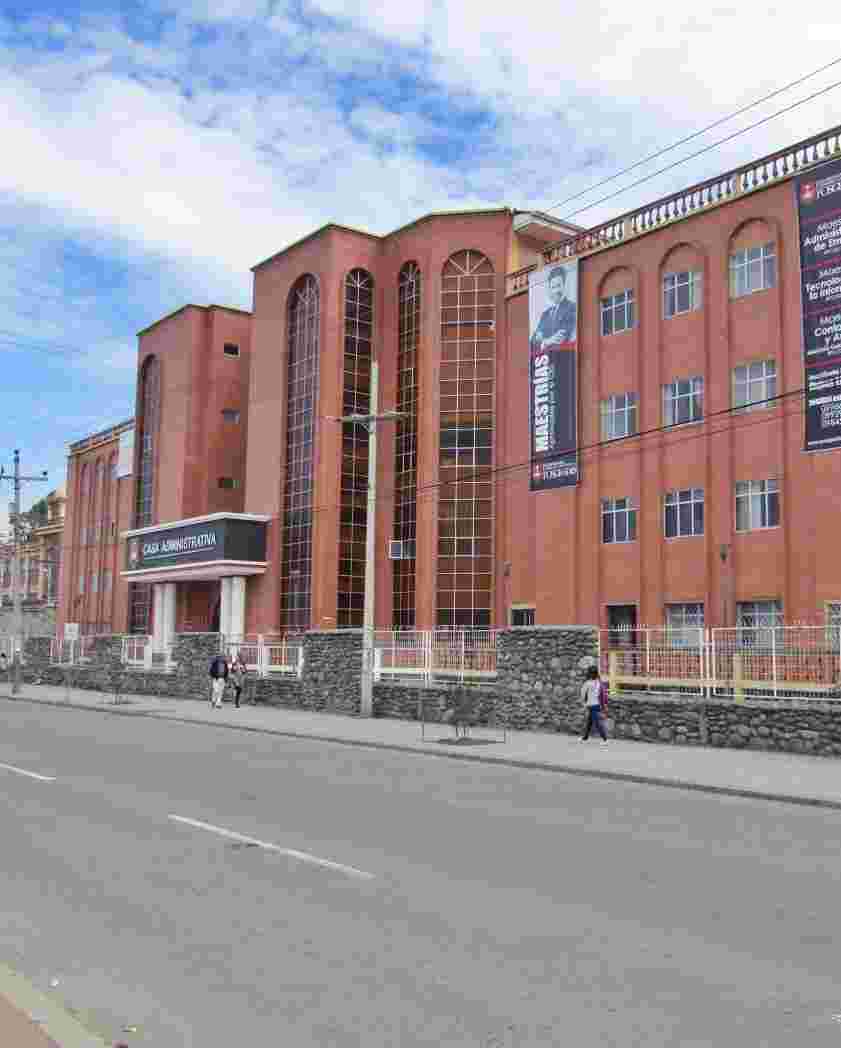Accidente Cerebrovascular Isquémico: Perspectiva Clínica Y Tratamiento: Caso Clínico Ilustrativo
| dc.contributor.advisor | Mesa Cano, Isabel Cristina | |
| dc.contributor.author | Chocho Sumba , Johanna Fernanda | |
| dc.contributor.cedula | 0107272460 | |
| dc.coverage | Cuenca-Ecuador | |
| dc.date.accessioned | 2025-10-13T21:18:33Z | |
| dc.date.available | 2025-10-13T21:18:33Z | |
| dc.date.issued | 2025 | |
| dc.description | El accidente cerebrovascular isquémico (ACV-I) constituye una emergencia médica que se produce por la obstrucción de una arteria cerebral, generando una interrupción del flujo sanguíneo y, en consecuencia, déficits neurológicos que varían según la región afectada. Esta condición representa una de las principales causas de discapacidad y mortalidad a nivel mundial, siendo crucial su diagnóstico precoz y abordaje integral desde el equipo de salud, especialmente desde el rol de enfermería en cuidados intensivos.. Objetivo: Analizar un caso de accidente de cerebrovascular isquémico para mostrar datos relevantes de la enfermedad y los cuidados de enfermería más importantes. Metodología: Estudio descriptivo retrospectivo de un caso clínico de ACV isquémico, con enfoque holístico que integra la experiencia asistencial, docente e investigativa desde el ingreso hasta el alta. Se realizó revisión sistemática de la historia clínica y búsqueda en bases de alto impacto (Scopus, PubMed, WoS, LILACS y ProQuest) de literatura publicada en los últimos cinco años. El caso se expone cronológicamente, detallando hallazgos clínicos, estudios de laboratorio e imágenes, así como las intervenciones médicas y de enfermería bajo un modelo de cuidado intensivo y humanizado. Se aplicaron criterios de inclusión basados en historias completas con consentimiento informado y exclusión de datos insuficientes, garantizando la confidencialidad y el rigor ético-científico. Resultados: Paciente de 72 años, cuadro clínico y los hallazgos neurológicos, se revisó la TAC cerebral, que mostró una lesión hipodensa extensa en el hemisferio cerebeloso derecho con afectación del tallo cerebral. Estos hallazgos sugieren signos claros de hipertensión endocraneana, lo que representa una situación de riesgo vital, sobre todo considerando sus múltiples comorbilidades y el riesgo potencial de deterioro agudo. Conclusión: La atención temprana y la reevaluación sistemática resultaron decisivas para identificar y tratar el infarto cerebeloso antes de la herniación. El manejo multidisciplinario, combinando control hemodinámico estricto, diuréticos osmóticos y soporte respiratorio, favoreció la reducción del edema y la estabilidad neurológica. Palabras clave: Enfermedad cerebral vascular; isquemia cerebral; evento vascular cerebral isquémico; trombectomía | |
| dc.description.abstract | Ischemic stroke (IS) is a medical emergency caused by the obstruction of a cerebral artery, leading to an interruption in blood flow and, consequently, neurological deficits that vary depending on the affected region. This condition is one of the leading causes of disability and mortality worldwide, making early diagnosis and a comprehensive approach by the healthcare team crucial, especially the role of intensive care nursing. Objective: To analyze a case of ischemic stroke to highlight relevant data on the disease and the most important nursing care. Methodology: Retrospective descriptive study of a clinical case of ischemic stroke, with a holistic approach that integrates healthcare, teaching, and research experience from admission to discharge. A systematic review of the medical record was performed, and a search was conducted in high-impact databases (Scopus, PubMed, WoS, LILACS, and ProQuest) for literature published in the last five years. The case is presented chronologically, detailing clinical findings, laboratory and imaging studies, as well as medical and nursing interventions under an intensive and humanized care model. Inclusion criteria were applied based on complete records with informed consent and exclusion of insufficient data, ensuring confidentiality and ethical-scientific rigor. Results: A 72- year-old patient with clinical symptoms and neurological findings underwent a brain CT scan, which showed an extensive hypodense lesion in the right cerebellar hemisphere with involvement of the brain stem. These findings suggest clear signs of intracranial hypertension, which represents a life-threatening situation, especially considering his multiple comorbidities and the potential risk of acute deterioration. Conclusion: Early care and systematic reassessment were decisive in identifying and treating the cerebellar infarction before herniation. Multidisciplinary management, combining strict hemodynamic control, osmotic diuretics, and respiratory support, favored edema reduction and neurological stability. Keywords: Cerebral vascular disease; cerebral ischemia; cerebral ischemic vascular event; thrombectomy. | |
| dc.description.peer-review | pares revisores | |
| dc.description.uri | Tesis | |
| dc.format | application/pdf | |
| dc.format.extent | 34 páginas | |
| dc.identifier.citation | Apa | |
| dc.identifier.journal | Journal Scientific | |
| dc.identifier.other | 21BT2025-ET04 | |
| dc.identifier.uri | https://dspace.ucacue.edu.ec/handle/ucacue/20788 | |
| dc.language.iso | spa | |
| dc.publisher | Universidad Católica de Cuenca. | es_ES |
| dc.rights | info:eu-repo/semantics/openAccess | es_ES |
| dc.rights | Atribución 4.0 Internacional | es_ES |
| dc.rights.uri | http://creativecommons.org/licenses/by/4.0/deed.es | es_ES |
| dc.source | Universidad Católica de Cuenca | es_ES |
| dc.source | Repositorio Institucional - UCACUE | es_ES |
| dc.subject | ENFERMEDAD CEREBRAL VASCULAR | |
| dc.subject | ISQUEMIA CEREBRAL | |
| dc.subject | EVENTO VASCULAR CEREBRAL ISQUEMICO | |
| dc.subject | TROMBECTOMIA | |
| dc.title | Accidente Cerebrovascular Isquémico: Perspectiva Clínica Y Tratamiento: Caso Clínico Ilustrativo | |
| dc.type | info:eu-repo/semantics/article | |
| thesis.degree.discipline | Carrera de enfermería | |
| thesis.degree.grantor | Universidad Católica de Cuenca. Unidad de Salud y Bienestar | |
| thesis.degree.level | Título Profesional | |
| thesis.degree.name | Licenciada en enfermeria | |
| thesis.degree.program | Presencial |




